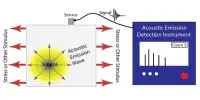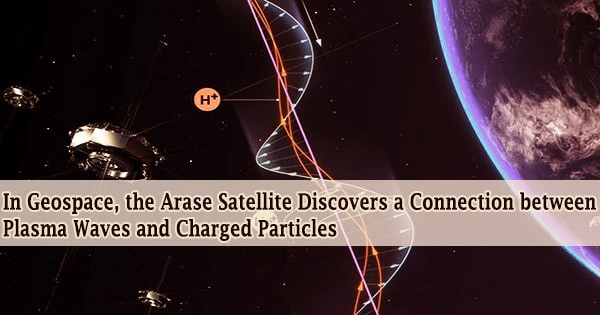Thermal radiation refers to the electromagnetic radiation emitted by a substance due to its temperature. All objects with a temperature above absolute zero emit thermal radiation, which can be in the form of visible light, infrared radiation, or ultraviolet radiation, depending on the temperature of the object.
Using artificially structured surfaces known as metasurfaces, researchers at Purdue University have made a significant advancement in the field of thermal radiation. They have developed a brand-new technique for producing spinning thermal radiation in a regulated and effective manner.
The team, led by Zubin Jacob, Purdue’s Elmore Associate Professor of Electrical and Computer Engineering, has published findings in the journal Science Advances, titled “Observation of non-vanishing optical helicity in thermal radiation from symmetry-broken metasurfaces.”
Thermal radiation is typically regarded as an incoherent signal since it results from the random oscillations of materials. Circular polarization in the heat released by the majority of typical thermal emitters is minimal to nonexistent.
We are extremely excited about the potential of this discovery. Not only does it deepen our understanding of thermal radiation, but it also opens up new possibilities for technological advancements in a variety of fields.
Xueji Wang
Interestingly, thermal radiation from numerous celestial objects that reaches the earth exhibits strong circular polarization. This fascinating phenomena explains mysteries about the early cosmos, reveals powerful magnetic fields in some condensed stars, and even gives a potential hint of life.
“Spinning thermal radiation is extremely rare in nature and is only found in some condensed stars,” Jacob said. “Our work provides a new way to generate this type of radiation, which has the potential to be used in a variety of applications, including thermal imaging and communication.”
The scientists found that they could produce primarily left-handed circularly polarized heat radiation in all directions by employing a metasurface made up of an array of F-shaped structures, leading to the creation of non-vanishing optical helicity for the first time.
With their design, the team was able to achieve 39% of the optical helicity fundamental limit and proved that the symmetries of the metasurface can be used to modify the properties of the thermal photons that are emitted, proving that thermal radiation can be effectively controlled.
“This research could have important implications for understanding the omnipresent thermal radiation phenomenon and for developing new technologies,” Jacob said.
The metasurface could be used as a wide-angle, narrow-band, circularly polarized mid-infrared light source for optical gas sensing and infrared imaging, among other things. The distinct spectral, spatial, and rotational characteristics of the manufactured thermal emission can also be used to create passive infrared beacons in outdoor settings, which makes them valuable for remote sensing technologies.
“We are extremely excited about the potential of this discovery,” says PhD student Xueji Wang. “Not only does it deepen our understanding of thermal radiation, but it also opens up new possibilities for technological advancements in a variety of fields.”
The DARPA Nascent Light Matter Interaction (NLM) program funded the research.
















